TTTS Surgery: How TTTS Laser Surgery is Done
TTTS laser surgery is the only TTTS surgery that can destroy the connections in the shared placenta and stop the transfusion of blood from the donor to the recipient twin. This also goes for the acute or sudden transfusion, should one baby pass away or become suddenly ill.
The surgeons use a fetoscope – a long tube – with a camera at the end of it. They insert the fetoscope and a laser device into the uterus. The surgeons look for the vessels that are providing the blood flow between the two babies and blazer those vessels, so blood flow can no longer happen between them. This should enable the babies to each have their own blood supply.
Look at this video from the Fetal Care Center in the U.S showing how TTTS laser surgery is done. Many doctors believe that this type of TTTS surgery will lead to the best outcome in severe TTTS cases. Research backs this up, showing that TTTS surgery by laser is associated with a 75-80 percent survival rate of at least one twin.
Some babies develop Twin Anemia Polycythemia Sequence (TAPS) after having had laser surgery for TTTS. Studies show that the post-laser form of TAPS might affect up to 16 percent of TTTS cases. Occurrence of TAPS after laser treatment is often due to very small residual anastomoses – and is often regarded as a treatment failure.
Interview with chief physician Karin Sundberg

Karin Sundberg specializes in Obstetrics and Gynecology. She is employed at Rigshospitalet, Denmark’s largest hospital. It’s the only hospital in Denmark that treats TTTS and she is overall responsible.
How do you detect TTTS?
“The women, who are referred to us, have all been diagnosed with TTTS. Any well trained sonographer can spot TTTS during an ultrasound. Midwives can also help in order to ensure that women pregnant with twins are sent to a specialized doctor in time. If a woman’s uterus grows too fast due to an overload of amniotic fluid in the recipient twin, her stomach will usually hurt or feel very uncomfortable. It’s important not to write that off as common pregnancy discomforts. We often experience that a mother feels instantly physically relieved after we’ve done an amnioreduction,” says Karin Sundberg.
How do you classify at what stage the disease has progressed to?
“To a great extent we use Dr. Ruben Quinteros staging system. The staging system isn’t perfect, but it’s the best we’ve got. We also look at the length of the cervix. If the TTTS is at stage 1 we’re presented with a dilemma. The babies who stay at stage 1 survive, but half of the cases progress to a higher stage, where intervention is crucial. Intervention, however, has it’s own risks. Together with the parents we discuss whether we perform laser surgery or we do amnioreduction instead. Amnioreduction is not a treatment for TTTS, but helps prevent the spontaneous breaking of water and premature labor from the enlarged uterus. The cases we treat at our hospital have typically progressed to TTTS stage 2 and 3,” says Karin Sundberg.
How do you treat stage 2 and 3 TTTS?
“About half of our patients get laser surgery and half choose selective termination of one baby. This is often the case if we can determine that one of the children is brain damaged, has a neural tube defect, other malformations or a large size discrepancy. In Denmark there’s generally a very liberal attitude towards abortion and that also influences the risks a family are willing to take during a pregnancy,” says Karin Sundberg.
Are all TTTS cases eligible for laser surgery?
“No, not all severe TTTS cases can be successfully treated with laser surgery. The outcome is usually better if TTTS is detected early in a pregnancy. After 25-26 weeks we usually don’t perform laser surgery and more often have to rely on amnioreduction or premature delivery. We do experience cases, where laser surgery is a last option and where the outlook even after surgery isn’t great. This is for instance cases involving triplets or if the placenta is filled with liquid. There can also be an accumulation of blood in the uterus. Most often we perform laser surgery, even if the odds aren’t great, because if we don’t, the children die or are born extremely preterm,” says Karin Sundberg.
If you have experience or knowledge about TTTS surgery and would like to share, please feel free to leave a comment below this article or e-mail us at kate@about-twins.com

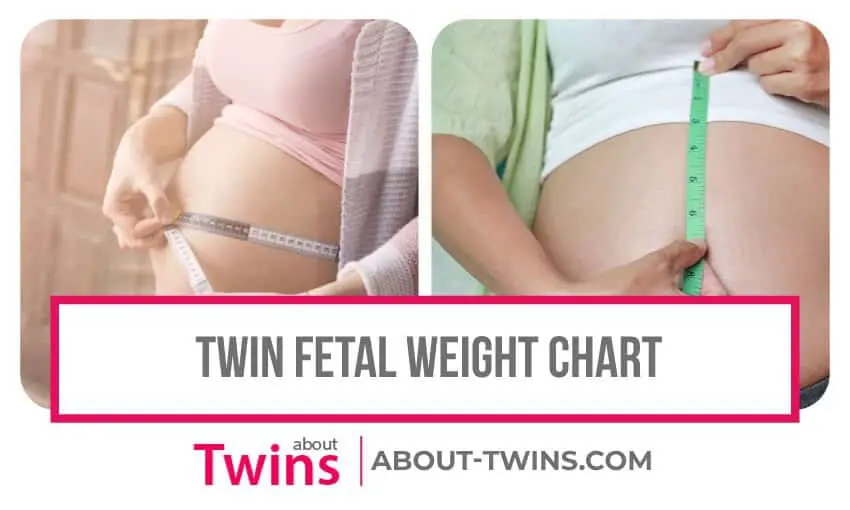
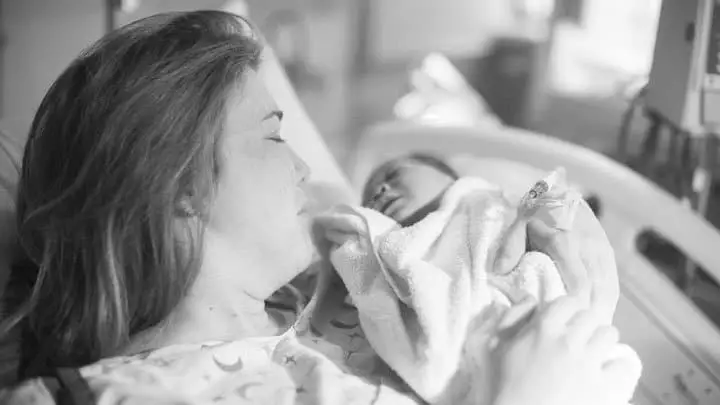
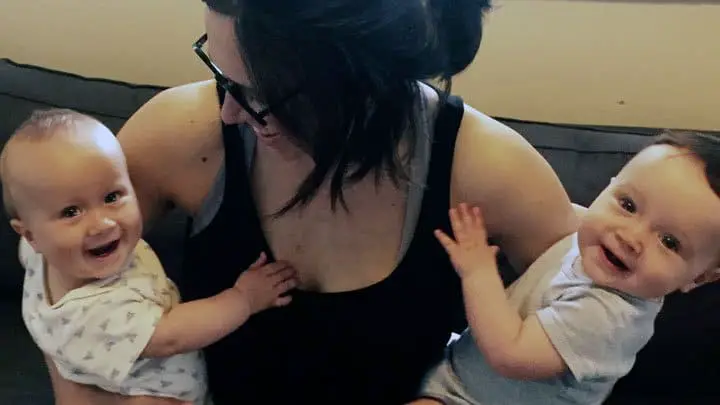

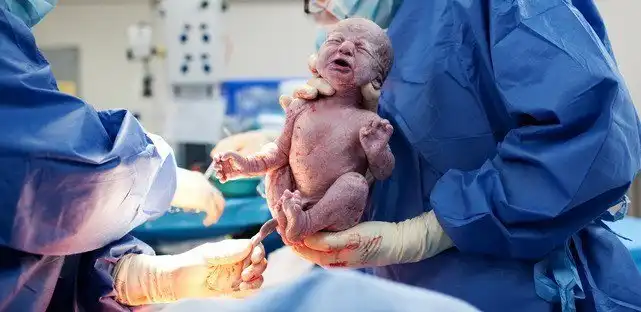
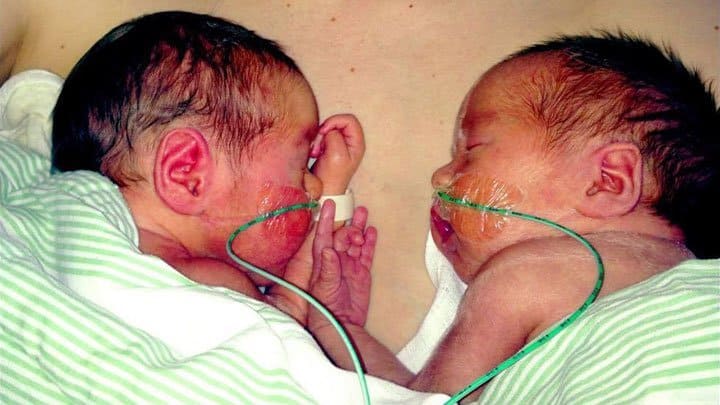








Please note that progression in TTTS is Non Linear, except for the Stage One to Stage Two Transition. This is an All Important Milestone in the disease & is considered to be Critically Serious. Strategies of Amelioration exist for the Stage One TTTS cases, please note that the reliability of these is often poor, however. Nevertheless, the mortality rate for TTTS Laser itself makes these worth trying.
When While Donor Twin is low on fluid, yet still has some showing on Sono assessment, there is some chance of Self Resolution. Many will utilize high protein supplementation on the order of 100 to 175 grams daily. The best way to achieve this is through using Unflavored Whey powder added to whatever Mom is eating. Soy can be substituted. There is Obsolete information involving Boost or other prepackaged supplemental drinks, however we feel that due to they sky high incidence of Gestational Diabetes GD in MoDi that this is best avoided due to the high glucose content of these prepackaged supplements. Expectant Management with Very Frequent monitoring must be used in conjunction with a Stage One TTTS diagnosis, under No circumstance should there be more than Seventy Two (72) Hours elapsed between fluids checks once TTTS Stage One is confirmed. Inpatient with daily monitoring until the case can be shown to have a Margin of Stability with unchanging fluid levels is preferred, with the 72 hours surveillance interval being honored for at least 3 weeks after mom is released. There is a piece of misinformation that is widespread that states ” over 80% of stage one TTTS cases either remain stable or regress…” This is from an old study that Included SIUGR cases Misdiagnosed. The statistic is actually backwards, over 80% of Stage One cases Progress & Worsen.
Comprehensive surveillance of the Stage One TTTS case coupled with review of it by the Laser Centre while still in stage One is a Key to significant reductions in Mortality. Relief of Maternal discomfiture via Therapeutic Amniocentesis is permitted, this also can protect the Amnion from disruption due to polyhydramnios. Extreme Care must be taken so as not to Befoul the amniotic fluid, such as an errant Centesis needle striking a uterine or placental vessel, as this can take Laser off the table, due to fluid Turbidity.
Stage Two & higher stages of TTTS are considered to be in a Dire state, with Laser intervention or the more destructive ones needed immediately if there is to be any hope of salvaging the gestation. The strategies enumerated earlier are useless once there is a Stuck Twin. Again, the progression of TTTS Stage Two & above is Non Linear & any case with a Stuck Twin is considered to be in Imminent Danger.
Explaining the Quintero Stages will add some substance to this very good article.
STAGE ONE; the twins are seen to have low fluid (OLIGOHYDRAMNIOS, under 2cm deepest vertical pool) on the ‘donor’ baby, AND high fluid (POLYHYDRAMNIOS, over 8cm dvp) on the ‘recipient’ baby.
Please Note that both these conditions must be present for the diagnosis of TTTS. It is the Most Common Misdiagnosis of the badly informed OB to see low fluid & small size on one baby, with the other Normative, & call this “TTTS”. That is actually Selective Intrauterine Growth Restriction, SIUGR, a condition best treated by Expectant Management, with but one tenth the Mortality of TTTS. Stage One cases need frequent sono, 2 or 3 times weekly, or an Inpatient stay of several days to watch out for Rapid Progression.
STAGE TWO: donor baby runs out of amniotic fluid, the membrane becomes shrink wrapped around her, leading to the term “Stuck Twin”. Prompt intervention becomes required.
STAGE THREE: Cord Doppler anomaly shows up in the Recipient Twin, this is indicative of her heart beginning to fail.
STAGE FOUR: progressive Congestive Heart Failure in the recipient twin leads to Ascites / Hydrops Fetalis, fluid deposits under the skin & around her internal organs.
STAGE FIVE: Loss of one or both twins.
Michael, thank you so much for explaining the Quintero Stages. We are working on an article that’ll be published next weeks in regards to this – hope you’ll read and comment on that as well, if you have additional information. Thanks again.